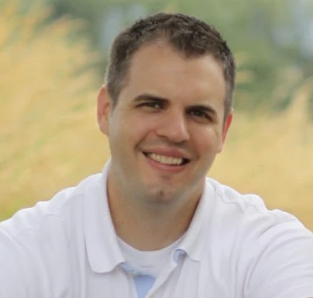8 stunning lavender alternatives that smell incredible, and will look just as beautiful in your garden
These multipurpose plants look and smell just as good as lavender, but offer an interesting alternative to this classic shrub
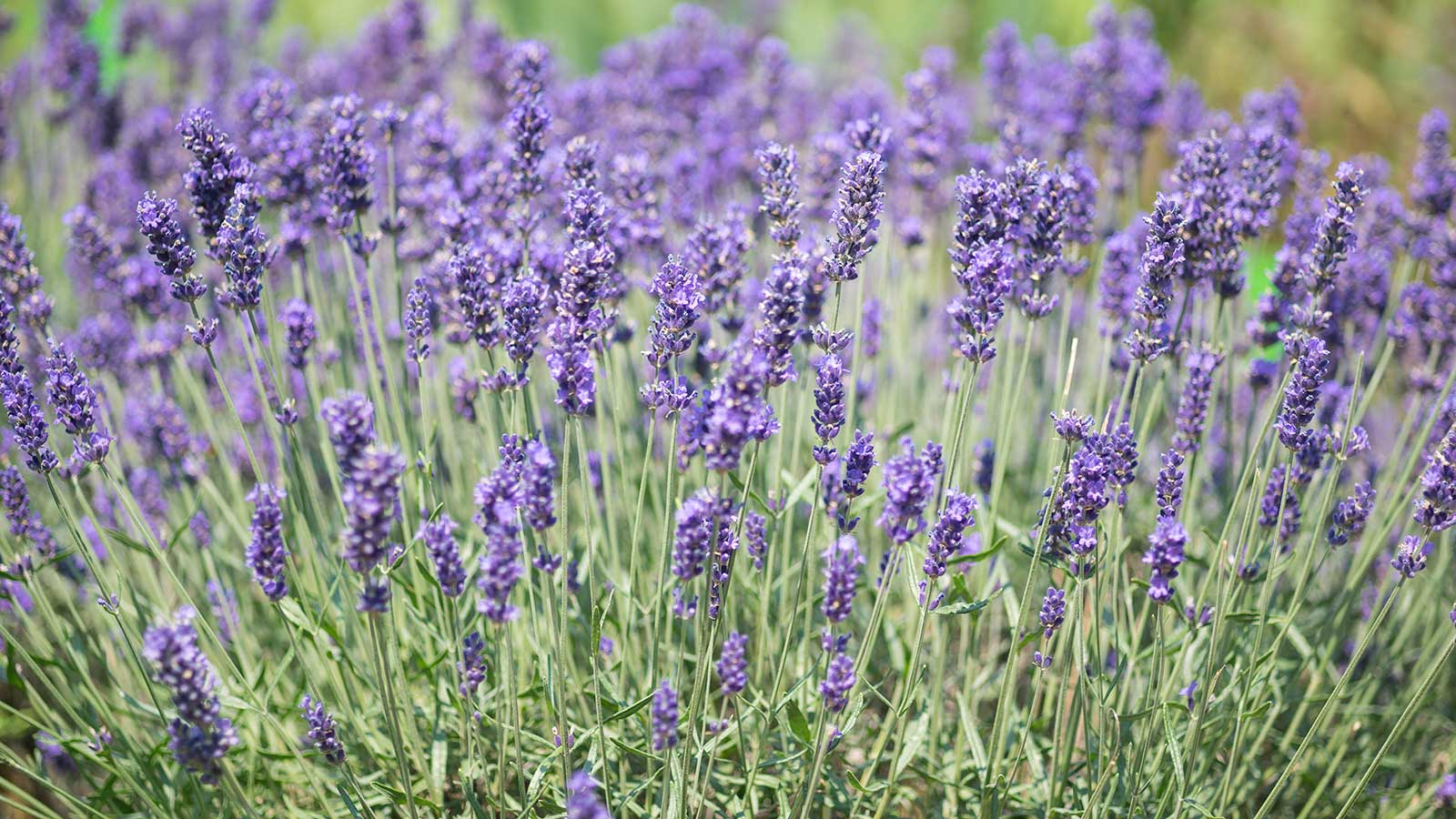
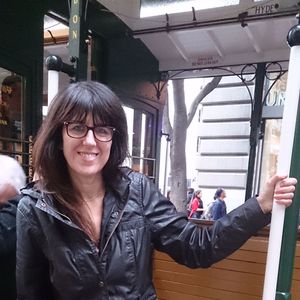
Lavender is one of the most valuable players in a cottage-style yard. It brings a delicate color that encourages calmness and tranquillity, a heady fragrance, a bushy beauty to flower beds, and definition to landscaping.
But this popular perennial has many other uses apart from creating pretty edging to a pathway or filling the air with scent. Growing lavender attracts pollinators such as butterflies and bees, adding a delicious hint of it to honey, and is a natural bug repellent, scaring away moths, fleas, flies and mosquitoes. Dried, it can be used for scenting storage and rooms, aiding sleep, easing stress, and even flavoring food.
However, unless you own a perfumery and want to fill your plot with lavender bushes to harvest it for its essential oil, you might want to mix things up with other plants and flowers that have as much to offer in terms of color, fragrance, versatility, and sheer plant presence. Here, our experts share eight of their favorite floral alternatives to lavender.
1. Rosemary

If imitation is the sincerest form of flattery, this herb has it in spades. It even grows in a similar way, in a dense bush of slender stems.
‘With its needle-like leaves and aromatic scent, it’s a great stand-in for lavender, especially in USDA hardiness zones 7-10 where it thrives,’ says arborist David Miller. ‘The fragrance is more robust than lavender, making it an excellent choice for seasoning meats or infusing oils.
‘Rosemary can be dried and used in sachets or wreaths. It’s also known for its potential health benefits, such as boosting memory and concentration. And the blue flowers are a hit with pollinators, so you’ll still have plenty of bees and butterflies gracing your yard.’
The herb likes a warm, sunny location with light, well-drained soil. It is also a good container plant for your sunlit terrace or balcony.
You can find great value rosemary plants available at Walmart.
2. Hyssop

With its thick mass of slim, woody stems, this perennial is another lavender lookalike, and is a secret scent weapon in your kitchen garden thanks to its fresh, herbaceous aroma.
‘Hyssop is a bit of an underdog in the garden, but don’t let that fool you – it’s a powerhouse of a plant,’ says David. ‘With its spikes of blue, purple, or white flowers, hyssop offers a similar visual appeal to lavender. It’s also easy to grow, thriving in zones 3-10, and is a favorite among bees and butterflies.
‘Like lavender, hyssop can be used in herbal medicine, often as a remedy for respiratory issues. It can also be dried and used in sachets or teas, and is a great addition to potpourris.’
Belonging to the mint family, this herb is a semi-evergreen that likes the sun, but needs some shade during the heat of the afternoon. It should be pruned in the spring to keep it healthy.
You can find Hyssop Agastache 'Purple Haze' at Nature Hills.
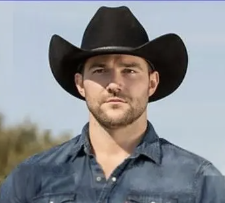
As CEO at Austin Tree Services, David is an experienced arborist, with years of experience in plant care and maintenance. Focusing on sustainable practices, he specializes in nurturing and enhancing the beauty of gardens and landscapes.
3. African Daisy
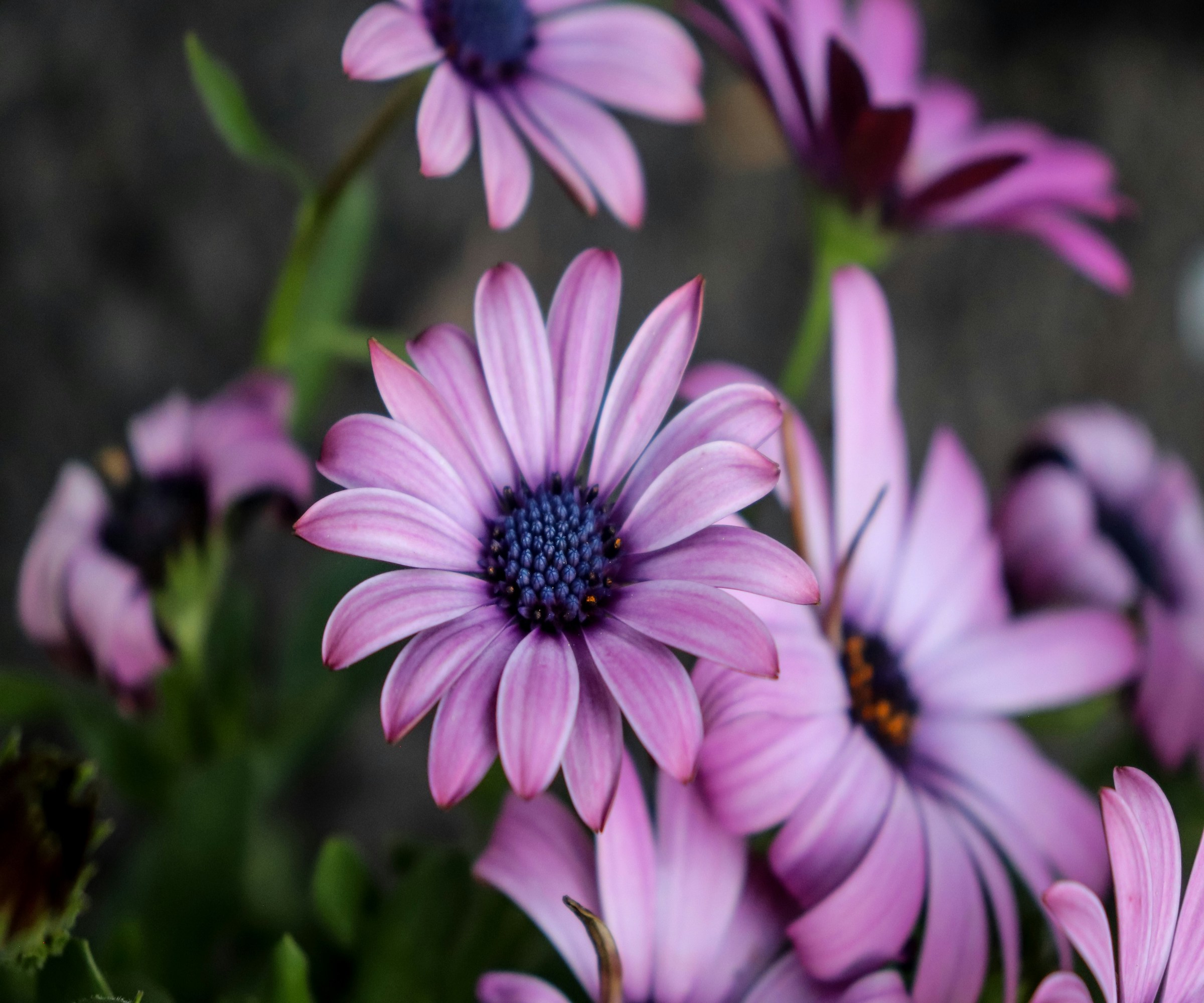
From a color perspective, the African daisy can deliver a potent punch of purple.
‘This is an excellent alternative to lavender, and something a bit different,’ says Loren Taylor, a landscaper and gardener. ‘You'll get pops of purple and pink blooms that can look smashing next to lavender. They're pretty unfussy and thrive in zones 9-11.’
Also known as osteospermum, this quick-growing plant can transform from seed to flower within a couple of months after being planted in spring. It comes in a variety of hues, including purple, blue, pink, yellow, and cream as well as the more traditional daisy white.
They enjoy lots of sun – grow in the shade and they’ll produce fewer flowers – and like a rich, slightly acidic soil, and mild weather. Deadheading the flowers encourages reblooming.
Osteospermum plants are available from Burpee.
4. Catmint

Fill your banks and beds with this low maintenance, ornamental perennial, and blanket it in color over spring and summer.
‘With its fragrant, light bluish-purple flowers. Catmint grows easily, even for the most inexperienced growers,’ says Matthew Wilson, a horticulturalist. ‘It does well in zones 3-8, and is very popular with pollinators. Like lavender, it can also be used in cooking.’
Another member of the mint family, the leaves of catmint can be used for a soothing herbal tea.
Easy to care for, once you’ve planted it in well-draining soil that’s rich in the organic matter of old plants and where it can get full sun, you can leave it to its own devices. The plant is drought tolerant and will bounce back even after long periods of intense heat.
Catmint is available from Perfect Plants.
5. Mexican Bush Sage
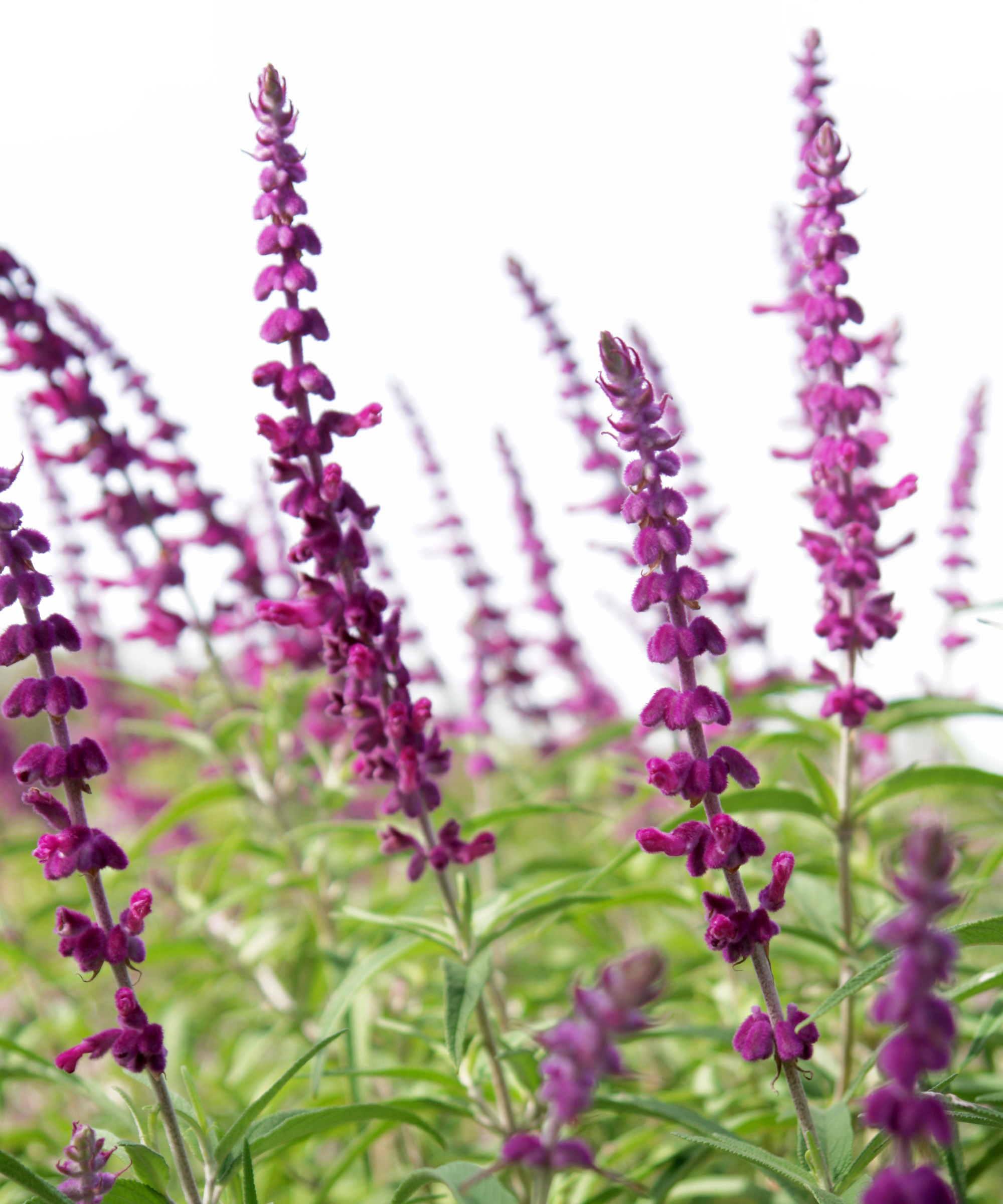
For a purple haze that lasts into fall, look nor further than this late-blooming perennial.
‘Mexican bush sage is a great option for warmer zones,’ says Matthew. ‘It showcases purple flowers that bees and butterflies especially seem to love, but it prefers only zones 8-10. Again, similar to lavender, it can be dried for sachets or other decorative pieces.’
Native to Central America and Mexico, it needs the sun to grow dense and lush. It is also drought tolerant, though will need watering if nature doesn’t provide for longer than two weeks.
If planted in fertile, well-draining soil, it will grow quickly – its floral spires reaching up to three feet tall in a single season.
Mexican Bush Sage or Saliva leucantha, is available from Nature Hills.

As head of a garden services company, horticulturist Matthew is an expert at plant care and landscape design.With his in-depth plant knowledge, he ‘cherry-picked some lavender alternatives that exude this adored plant's qualities from its fragrance to its versatility.'
6. Cotton Lavender
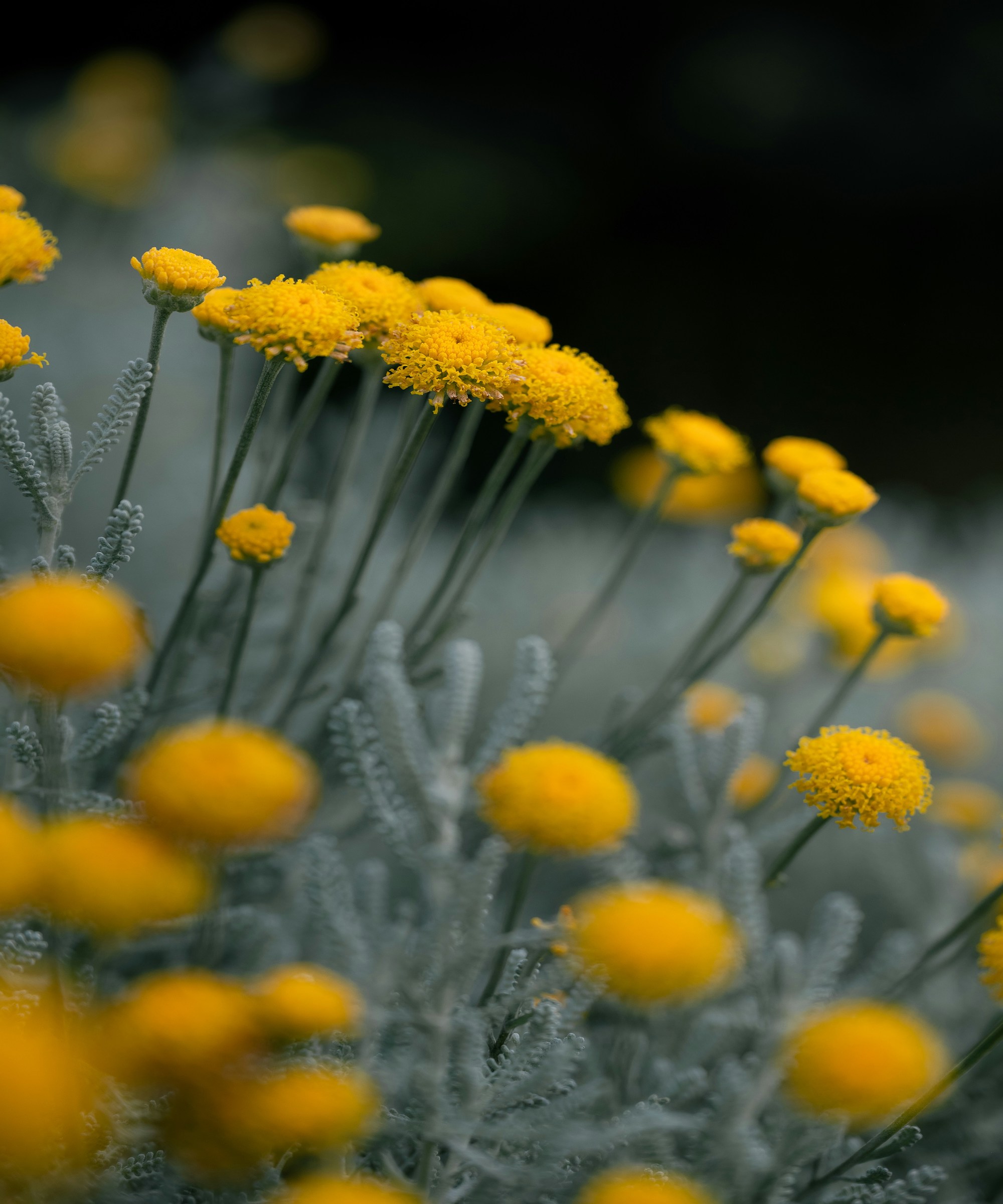
This is a horticultural curveball. It is called lavender, but it isn't. Nor is it cotton. And it is yellow rather than a pale pastel purple.
However, it does share some of the appealing properties of the eponymous flower-bed favorite.
‘For gardeners in drier regions, like zones 6-9, Santolina chamaecyparissus, or cotton lavender, has been a game-changer,’ says Ben McInerney, an arborist. ‘Its silver foliage and yellow, button-like flowers provide a similar structural element in the yard, and I've seen it thrive in areas where traditional lavender struggled, making it an excellent choice for water-conscious gardeners.’
This dwarf, evergreen shrub has aromatic leaves and its gray-green leaves offer interest all year round. It flourishes in full sun and can even adapt to poor soil. It is also salt tolerant, so can thrive in coastal yards. Very low-maintenance, it doesn’t need fertilizing, can cope with extended periods of dry weather, and only needs an annual prune after flowering.
7. Russian sage

‘This has been my go-to recommendation for clients seeking a lavender-like plant in harsher climates,’ enthuses Ben. 'Its silvery foliage and purple blooms create a similar aesthetic, while its hardiness often surpasses lavender.
'Thriving in zones 4-9, I once replaced a failing lavender hedge with Russian sage for a client in zone 4, and the transformation was remarkable. Not only did it survive, but it attracted even more pollinators.’
Russian sage is a delicate color combination of bluish-lavender flowers that last through summer and into fall, silver, almost white stems, and silvery leaves.
It is a fast grower that can reach up to five feet tall and four feet wide, so is excellent at filling beds or providing a bushy backdrop. A single bush will need support because of its height, but a group of shrubs will hold each other up.
Place it where it will get full sun and has room to spread. Prune annually to keep it looking neat. Its fragrant flowers can be dried for use in flower arrangements.
Russian Sage seeds are available from True Leaf Market.
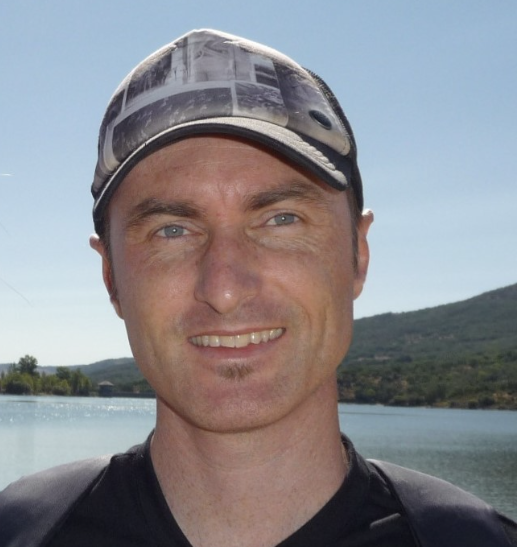
Ben is the founder of GoTreeQuotes.com and a certified arborist with over 20 years of experience in tree and plant care. With a background in managing a lawn care business, he has hands-on experience with a wide variety of plants across different hardiness zones.
8. Bee balm
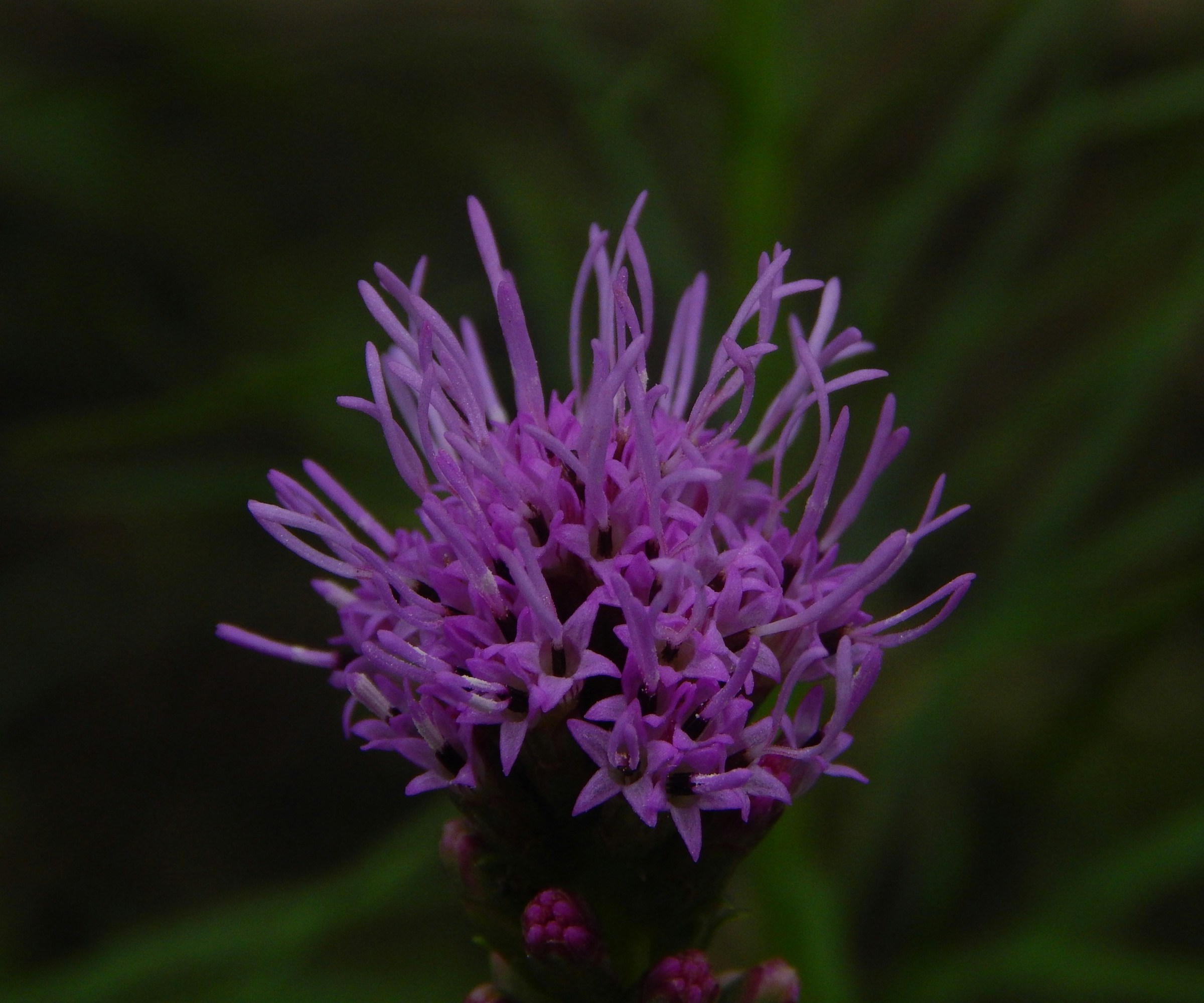
Also known as wild bergamot, Bee balm will be a hit with gardeners looking for fragrant plants that add color and tempt pollinators into the flower beds.
‘It’s a showstopper with its vibrant blooms and minty fragrance. While it leans more towards pinks and reds, there are varieties that offer purple hues similar to lavender,’ says David Miller. ‘Bee balm thrives in zones 4-9 and is beloved by bees, butterflies, and hummingbirds.
'It’s a multi-purpose plant, used in teas and herbal remedies to soothe digestive issues and colds. The fresh, minty scented leaves and flowers can be dried and added to potpourri. It looks good and works hard, making it a real treasure in any garden.’
Bee balm is a native North American wildflower with distinctive spiky blooms. It grows well in full sun or partial shade, and prefers non-humid conditions and moist soil.
Wild Bergamot seeds are available from True Leaf Market.
If you're a keen cook and love to garden, combine the two by creating your own herb garden. Nothing tastes as flavorsome as produce you have grown yourself, and we show you how to keep your store cupboard amply stocked. It doesn't matter if you don't have a big yard, we've got clever ideas for growing herbs in unusual containers both indoors and out, too.
Sign up to the Homes & Gardens newsletter
Design expertise in your inbox – from inspiring decorating ideas and beautiful celebrity homes to practical gardening advice and shopping round-ups.

Alison is a contributing gardens writer for Homes & Gardens, writing on a range of topics from plant care to garden design. She has recently landscaped the outside space of her Victorian home, replacing crazy paving and cracked slabs with new lawn, and is currently cultivating a fruit bed.
-
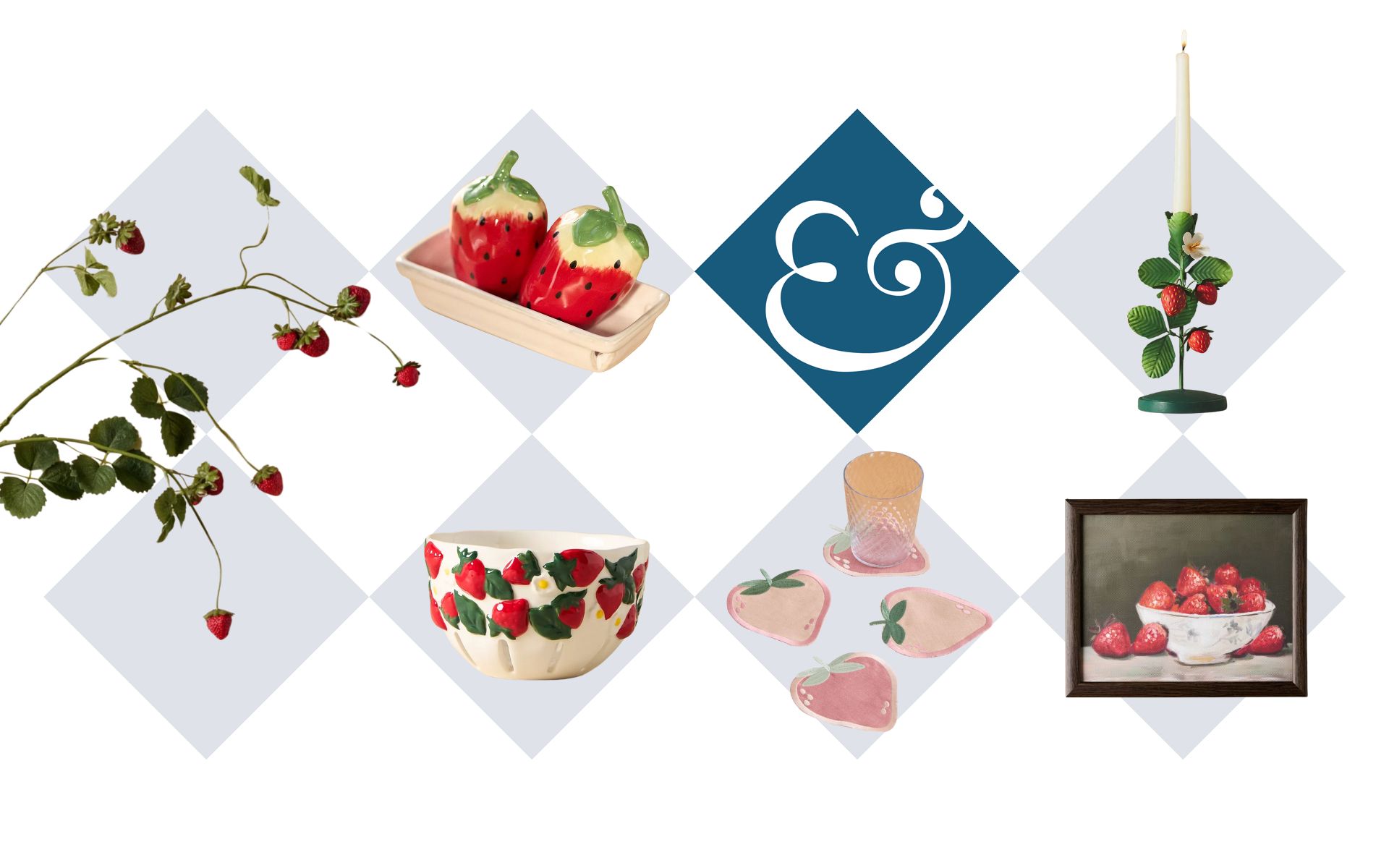 I used to think decorating with fruit was sickly sweet, but strawberry summer is here – and I can't get enough of this cottagecore decor
I used to think decorating with fruit was sickly sweet, but strawberry summer is here – and I can't get enough of this cottagecore decorThis delightfully juicy trend has me in a chokehold, and no one is more surprised than I
By Charlotte Olby
-
 7 tiny chores that instantly make your home look more put together without buying anything – including shopping your stash and quick decluttering
7 tiny chores that instantly make your home look more put together without buying anything – including shopping your stash and quick declutteringSimple organization can make a real impact, experts assure
By Ottilie Blackhall
